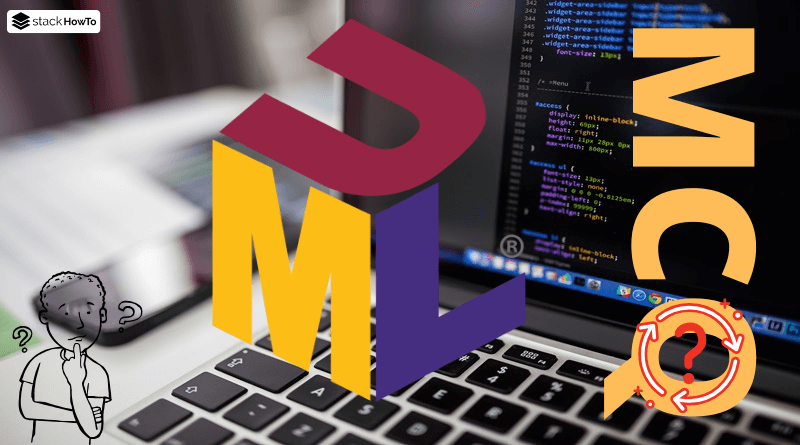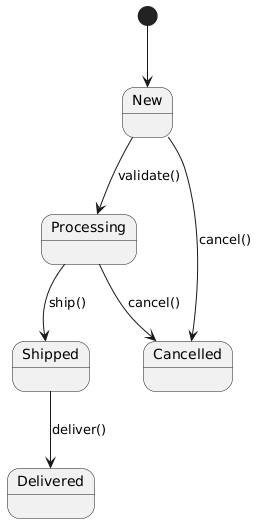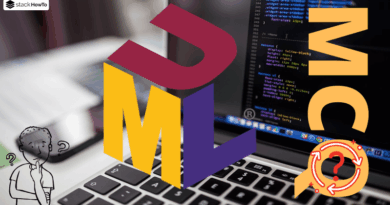UML Diagrams MCQs Questions With Answers – Part 7
Test your knowledge and boost your confidence with these multiple-choice quizzes focused on UML diagrams, foundational software engineering concepts, and real-world best practices. Designed for students, developers, and exam candidates, these MCQs offer a quick and effective way to assess your understanding and sharpen your skills.
1. Which UML notation is used to represent a specific object (and not a class)?
A A rectangle with the name underlined
B An oval
C A circle
D A dotted line
2. What does the following UML diagram do?
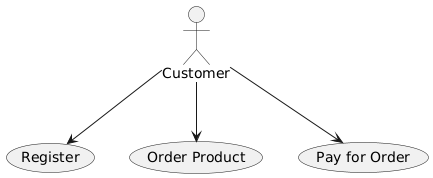
A It shows the class hierarchy
B It illustrates the various actions a client can perform
C It manages state transitions
D It details the messages exchanged between objects
3. What does the following UML diagram do?
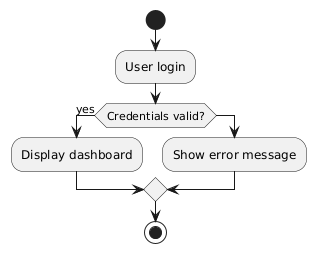
A The content of a class
B The logical flow of a process
C The exchange of messages between objects
D Transitions from one state to another
4. What does the following UML diagram do?

A The logical flow of a process
B Visualize use cases
C Show the structure of a class
D Represent the states of an object or process
5. What does the relationship between Animal and Dog represent?

A An association
B A composition
C A generalization (inheritance)
D A dependency
6. What is a UML profile?
A A type of UML diagram used for database modeling.
B A mechanism for customizing UML by defining stereotypes, tagged values, and domain-specific constraints.
C A static view of the structure of a software system.
D A textual description of use cases.
7. In a communication diagram (formerly collaboration diagram), how are interactions between objects represented?
A By horizontal arrows representing messages, ordered by time.
B By arrows labeled with sequence numbers indicating the message order.
C By rectangles representing objects and solid lines representing associations.
D By states and transitions triggered by events.
8. Which type of UML diagram is particularly useful for modeling the behavior of an object through its various states in response to events?
A Use case diagram
B Sequence diagram
C State-transition diagram
D Communication diagram
9. Which of the following is not a UML diagram?
A Class diagram
B Sequence diagram
C Network diagram
D Use case diagram
10. What is the difference between a class and an object in UML?
A A class is an instance of an object
B An object is a definition of a class
C A class defines the structure, an object is an instance
D No relation between the two

